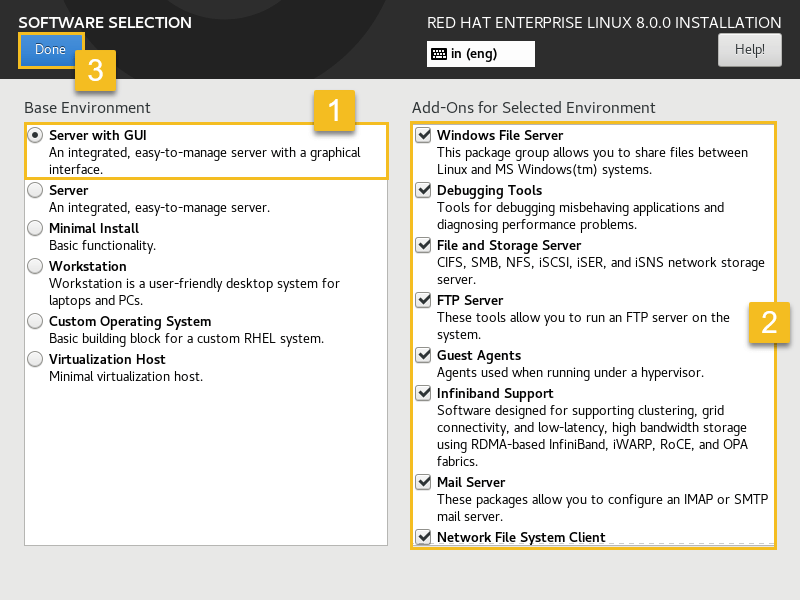
Today, we saw how our Support Engineers increased swap space on RedHat Linux server without causing downtime on the server. But, increasing swap on live server can affect existing disks. In short, adding swap space on the server helps to solve memory crunch on the server to certain extent. Thus, our Server Administrators helped customer to increase swap space to 6G on the server. The final memory status of the server showed the following details. We added the entry as : /home/swap_file_do_not_delete swap swap defaults 0 0 The /etc/fstab file contains information of the server partition and how they get mounted on the server. Later, to make the swap available for use, we issued the command swap -a /home/swap_file_do_not_deleteįinally, to make the swap available on the server even after every server reboot, we make changes to the fstab file. To create a new file “ /home/swap_file_do_not_delete” having filesystem type as SWAP, we used: mkfile 5g /home/swap_file_do_not_delete That’s why, our Support Engineers created a file using the mkfile command and configured swap on it. And, modifying existing partition was not an option too. Unfortunately, the server did not have an unused partition.
#Change timezone linux redhat free#
We found that the server was having only 6.8M free swap space. Total used free shared buff/cache available Let’s now see how we did this for the customer on his RedHat server.Īs the first step, we checked the swap usage on the server and found that swap usage was full. That’s why, our Dedicated Engineers chose to increase the swap space by creating a new swap file. If you check your current file, its a soft link to respective timezone file in /usr/share/zoneinfo directory.

etc/localtime is the file used by the kernel to determine the timezone.
#Change timezone linux redhat how to#
He was typically concerned whether that would affect the existing disks of the server.Īlthough, there are different ways to increase swap space like creating a new swap partition, extending swap partition, etc., it can corrupt the existing website data. How to change timezone in Linux using /etc/localtime file. Recently, one of our customers contacted us for increasing swap space on his server. But, when you have a server with low memory and applications are memory intensive, swap can definitely help.

Ideally, when your server have sufficient memory, there is not much to worry about swap space. In short, swap allows the efficient use of physical memory. Storing frequently accessed data in the swap space allows easy execution of processes. Today, we’ll see how our Support Engineers increase swap in Linux RedHat servers without causing downtime.īefore proceeding further, we’ll first see the importance of swap memory on the servers.īasically, swap file is a space on the hard disk of the server that is used as an extension of memory. But, when it comes to a live server, increasing swap can affect the existing data. Swap space can be useful when you are facing temporary memory crunch on the server.

That was a recent support request received in our Infrastructure Management Services. Is there a way to add additional space to swap without wiping the partitions?


 0 kommentar(er)
0 kommentar(er)
